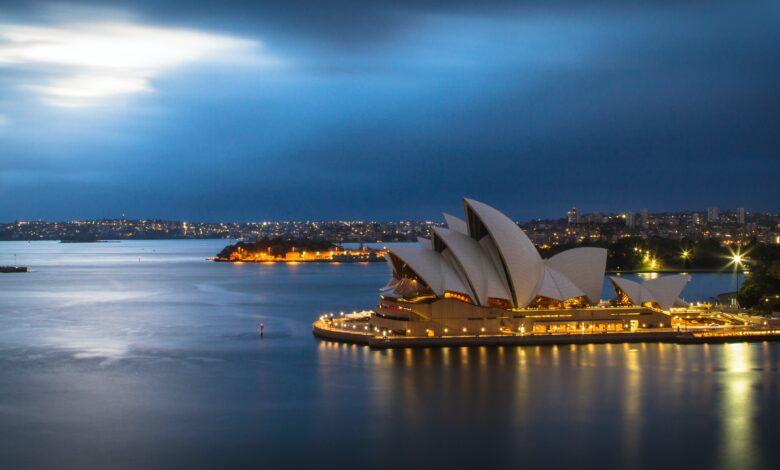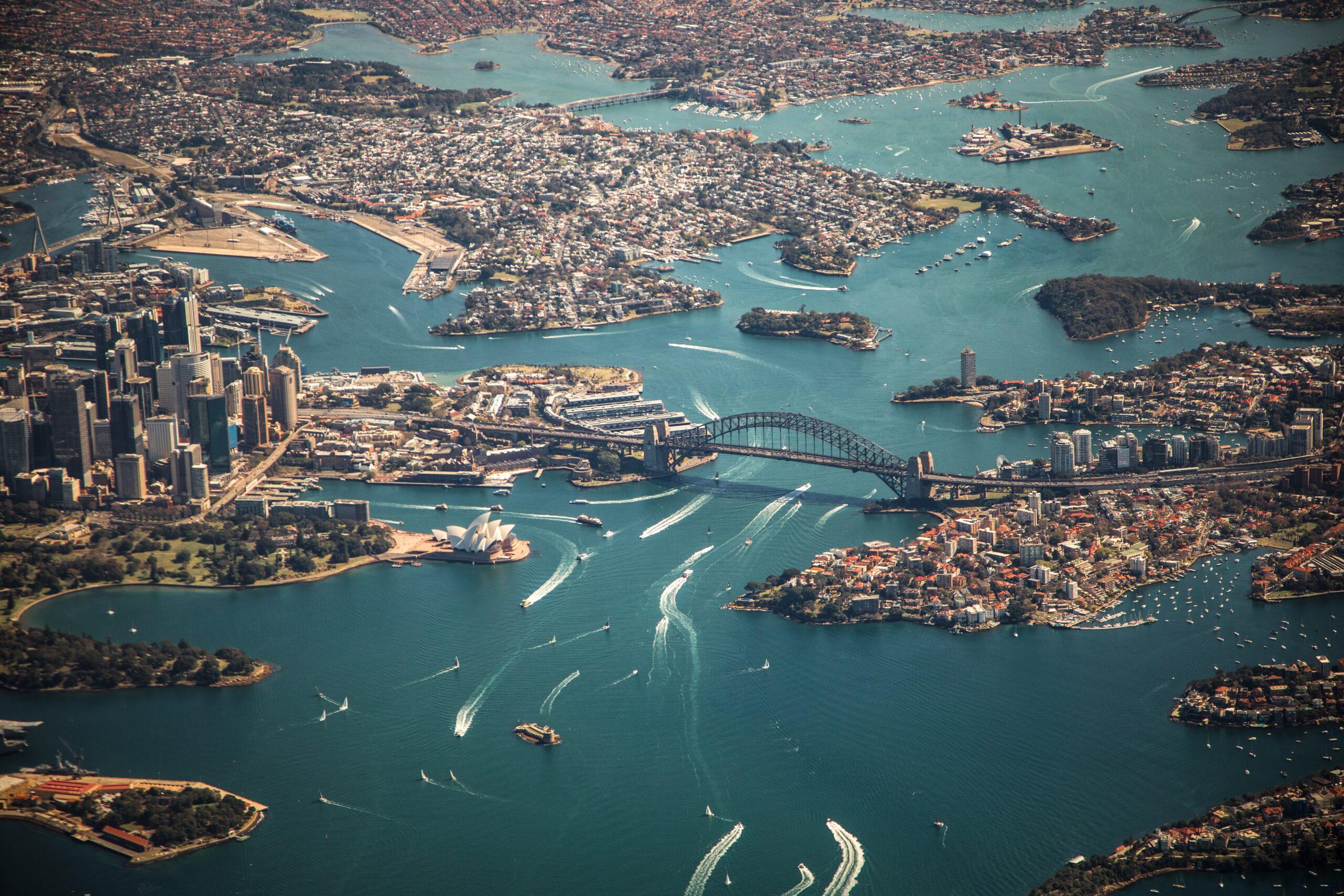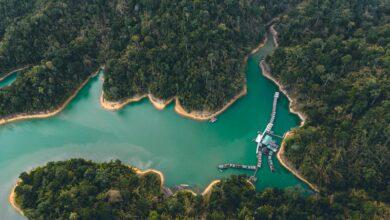🐠🌊 The Great Barrier Reef: Diving into Australia’s Underwater Wonderland 🏝️🐢
Exploring the Breathtaking Beauty Beneath Australia's Waters

Introduction
Welcome to the enchanting world beneath the crystal-clear waters of Australia’s Great Barrier Reef, a marvel that captivates the imagination and mesmerizes all who encounter its beauty. Join us as we embark on a virtual dive into this underwater wonderland, where vibrant corals, teeming marine life, and diverse ecosystems paint a picture of unparalleled magnificence. Get ready to explore the depths of this natural treasure that stands as a testament to the stunning biodiversity thriving in our oceans.
The Diverse Marine Life of the Reef
The reef is an underwater wonderland teeming with a breathtaking variety of marine species, showcasing a vibrant tapestry of life beneath the waves.
Iconic Species of the Reef
Corals: The reef is adorned with an array of corals, forming intricate colonies that serve as both habitats and nurseries for countless marine creatures. These corals come in various shapes and sizes, adding a kaleidoscope of colors to the underwater landscape.
Fish: Countless fish species call the reef home, from the flamboyant clownfish darting among the anemones to the majestic parrotfish grazing on algae. The reef’s fish species encompass an astonishing spectrum of shapes, sizes, and vibrant hues.
Sharks and Rays: Among the reef’s apex predators are sharks and rays, with species like reef sharks and eagle rays patrolling these waters. Their presence signifies a balanced ecosystem and adds to the allure of the reef’s biodiversity.
Sea Turtles: The graceful sea turtles gracefully glide through the waters, their ancient majesty making them a cherished sight. These gentle giants play a crucial role in the reef’s ecosystem by maintaining the balance of marine life.
Role of the Reef in Biodiversity and Conservation
The reef is not just a spectacle of nature; it serves as a crucial hub for biodiversity. Its intricate ecosystems support an astounding variety of life, making it vital for the survival of numerous species. Moreover, the reef’s biodiversity contributes to global marine conservation efforts, emphasizing the need to protect and preserve these delicate ecosystems.
Conservation initiatives focus on safeguarding the reef’s biodiversity by promoting sustainable practices, combating pollution, and raising awareness about the importance of preserving these fragile ecosystems. By understanding and valuing the diverse marine life within the reef, conservation efforts strive to ensure the continued existence of these extraordinary species for generations to come.
Explore the reef’s magnificent marine life, from the mesmerizing corals to the enchanting sea turtles, and join the global efforts in preserving these underwater marvels for the benefit of our planet’s biodiversity.

Exploring Underwater Wonders: Diving and Snorkeling Opportunities
Diving and snorkeling unveil a mesmerizing realm beneath the waves, offering visitors a chance to witness the vibrant marine life and breathtaking landscapes of the underwater world.
Unique Experiences of Underwater Exploration
Immersing yourself in the underwater world is like entering a living painting, with vibrant corals, schools of tropical fish, and graceful marine creatures. Snorkeling allows for a surface-level encounter, perfect for beginners and enthusiasts alike. Glide effortlessly atop the water, peering into the crystal-clear depths to witness colorful fish darting among the corals.
Diving, on the other hand, provides a more immersive experience. Descend into the depths, enveloped in a world of silence, where every dive feels like a journey into an alien landscape. Encounter stunning coral formations, swaying with the ocean’s rhythm, and explore caves and crevices teeming with life.
Popular Dive Sites and Their Distinct Features
Among the myriad dive sites, a few stand out for their unique offerings. The Great Barrier Reef in Australia is an icon, boasting an unparalleled diversity of marine life. Dive into its depths to witness the kaleidoscope of colors from corals and encounter majestic creatures like sea turtles, reef sharks, and rays.
The Red Sea in Egypt is another diver’s paradise, renowned for its crystal-clear waters and vibrant reefs. Explore the world-famous sites like Ras Mohammed National Park or the SS Thistlegorm wreck, where history meets marine life in an awe-inspiring display.
The Galápagos Islands in Ecuador present a different facet of underwater marvels, where encounters with curious sea lions, graceful manta rays, and even elusive hammerhead sharks are common. Dive amidst volcanic formations and unique species found nowhere else on Earth.
Each dive site offers a distinct tapestry of wonders, from colorful corals to encounters with majestic marine creatures. Whether you’re a seasoned diver or a beginner eager to explore, these sites promise an unforgettable journey into the mysteries of the ocean’s depths.
Threats Facing the Great Barrier Reef
The Great Barrier Reef, a UNESCO World Heritage Site, faces numerous threats jeopardizing its fragile ecosystem. Climate change poses one of the most significant challenges, leading to rising sea temperatures that cause coral bleaching—a phenomenon where corals expel the algae living in their tissues, resulting in their whitening and potential death. Pollution, including runoff from agriculture and coastal development, exacerbates the situation by introducing harmful chemicals and sediments into the reef’s waters. Additionally, overfishing and destructive fishing practices further strain the delicate balance of this remarkable ecosystem.
Conservation Initiatives and Research for Protection
To safeguard this natural wonder, extensive conservation efforts and scientific research are underway. Organizations, governments, and research institutions collaborate to implement various strategies. These include reef monitoring programs to track coral health, rehabilitation projects to restore damaged areas, and the development of resilient coral species through selective breeding and genetic research. Efforts also focus on reducing pollution by implementing better land-use practices and stricter regulations, as well as establishing marine protected areas to preserve critical habitats.
Importance of Sustainable Tourism and Responsible Practices
Sustainable tourism plays a pivotal role in the preservation of the Great Barrier Reef. Encouraging visitors to embrace responsible practices, such as using eco-friendly sunscreen, choosing reef-friendly tours, and adhering to guidelines for snorkeling and diving, helps minimize human impact. Moreover, supporting tourism operators committed to eco-tourism and conservation initiatives ensures that visitors can experience the reef’s beauty while minimizing harm to its delicate ecosystem.
The Great Barrier Reef stands as a beacon of biodiversity, supporting thousands of species and providing livelihoods for communities. Protecting this invaluable natural asset requires collective efforts—sustainable practices, ongoing research, stringent regulations, and global collaboration—to ensure its survival for generations to come.
The Future of the Great Barrier Reef
The Great Barrier Reef, a UNESCO World Heritage Site, faces a myriad of challenges threatening its future existence. Factors like climate change-induced coral bleaching, ocean acidification, pollution, and coastal development pose significant risks to this natural wonder. Coral bleaching, caused by rising sea temperatures, has already resulted in widespread damage, endangering the intricate marine ecosystem.
Challenges and Prospects for the Reef’s Future
Despite the challenges, there’s hope for the Great Barrier Reef. Conservation efforts, scientific research, and innovative initiatives strive to mitigate the damage and foster the reef’s recovery. Collaborative endeavors between scientists, governments, NGOs, and local communities are crucial in implementing strategies like coral restoration, improving water quality, and reducing carbon emissions to safeguard the reef.
Role of Global Collaboration in Preservation
Global collaboration stands as a beacon of hope for the Great Barrier Reef’s future. International cooperation plays a pivotal role in tackling the reef’s challenges on a broader scale. Agreements and partnerships between nations, along with shared research and technological advancements, pave the way for more effective conservation measures. Collaborative efforts, such as the Reef 2050 Plan, emphasize the significance of a unified approach in preserving this natural treasure.
Encouraging Awareness and Action
Raising awareness and fostering a sense of responsibility among individuals worldwide is critical for the reef’s survival. Education about sustainable practices, reducing carbon footprints, responsible tourism, and supporting conservation initiatives are essential. Empowering communities, businesses, and policymakers to make informed choices and take active steps towards protecting the reef ensures its preservation for future generations to cherish and experience.
As stewards of this magnificent ecosystem, it’s our collective duty to act decisively to protect and restore the Great Barrier Reef. Every action taken, whether small or large, contributes to the preservation of this global heritage. By joining hands across borders and embracing sustainable practices, we can secure a brighter future for the Great Barrier Reef and continue to marvel at its unparalleled beauty.
FAQs
Q. What is coral bleaching, and how does it affect the Great Barrier Reef?
A. Coral bleaching occurs when corals expel algae, leading to a loss of color. This phenomenon, often caused by environmental stressors like increased sea temperatures, threatens the health of coral reefs, including the Great Barrier Reef.
Q. Are there restrictions for tourists visiting the Great Barrier Reef?
A. To protect the reef, there are guidelines for responsible tourism, including reef-safe sunscreen usage and adherence to designated diving and snorkeling areas.
Q. How can individuals contribute to the conservation of the Great Barrier Reef?
A. Contributions can include supporting responsible tourism, reducing carbon footprint, and staying informed about and advocating for reef conservation.
Conclusion
As we surface from our exploration of the Great Barrier Reef, we’re reminded of the delicate balance between humanity and nature. This awe-inspiring ecosystem, with its vibrant colors and teeming life, underscores the urgent need for conservation and sustainable practices. By raising awareness, supporting research, and fostering responsible tourism, we can protect and preserve the Great Barrier Reef for generations to come. Let this underwater wonder serve as a beacon of hope, inspiring us all to take action in safeguarding our planet’s invaluable natural treasures.
UP NEXT
https://touristeyes.com/mexicos-riviera-maya/





Facebook Comments